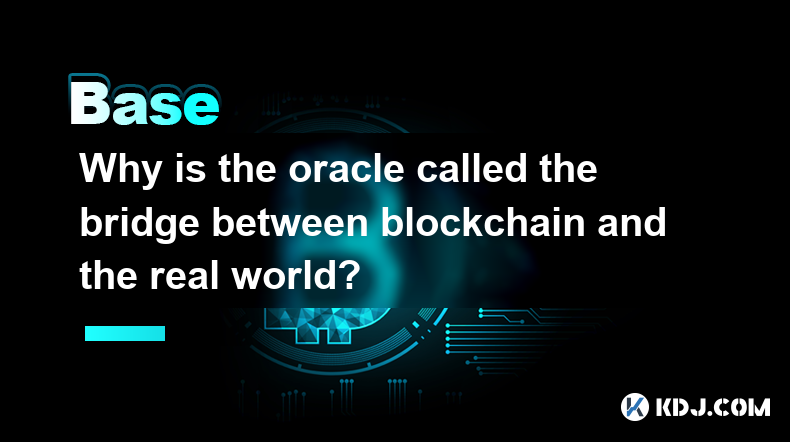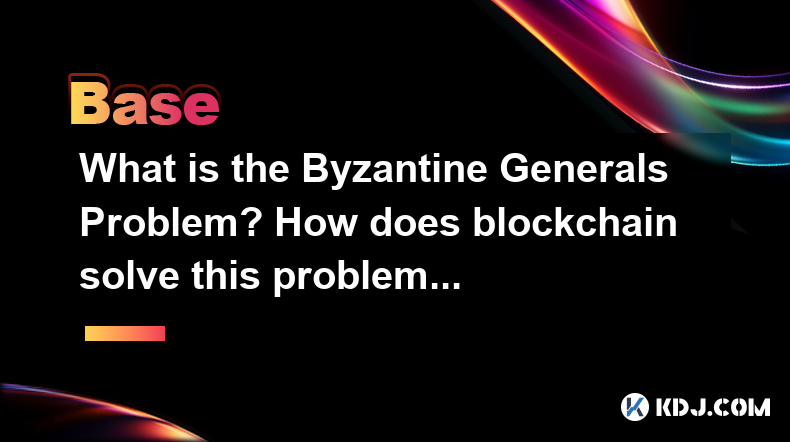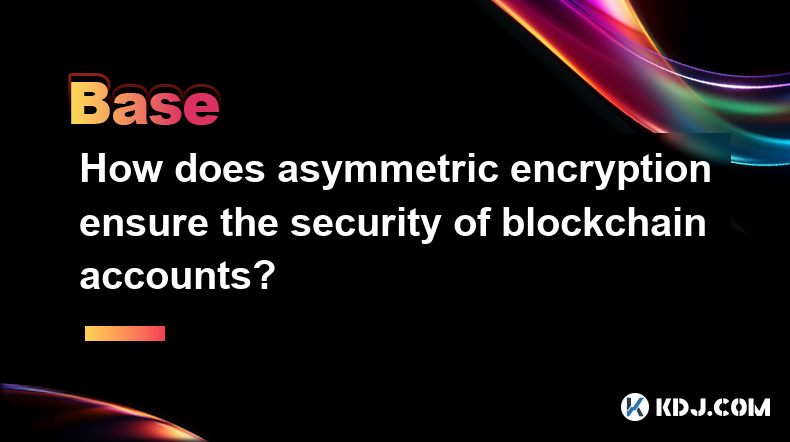-
 Bitcoin
Bitcoin $82,480.7409
-0.17% -
 Ethereum
Ethereum $1,761.8148
-1.29% -
 Tether USDt
Tether USDt $0.9992
-0.03% -
 XRP
XRP $2.0760
-2.34% -
 BNB
BNB $580.1097
-2.07% -
 USDC
USDC $0.9996
-0.04% -
 Solana
Solana $114.9273
-2.16% -
 Dogecoin
Dogecoin $0.1617
-3.26% -
 TRON
TRON $0.2394
0.23% -
 Cardano
Cardano $0.6249
-3.65% -
 UNUS SED LEO
UNUS SED LEO $9.0482
0.82% -
 Toncoin
Toncoin $3.3046
2.09% -
 Chainlink
Chainlink $12.2251
-3.18% -
 Stellar
Stellar $0.2510
-0.53% -
 Avalanche
Avalanche $17.1136
-4.11% -
 Shiba Inu
Shiba Inu $0.0...01188
-1.90% -
 Sui
Sui $2.0890
-4.58% -
 Hedera
Hedera $0.1546
-3.19% -
 Polkadot
Polkadot $3.8856
-0.65% -
 MANTRA
MANTRA $6.1711
-1.42% -
 Litecoin
Litecoin $78.7845
-4.33% -
 Bitcoin Cash
Bitcoin Cash $293.9171
-1.27% -
 Dai
Dai $1.0000
-0.02% -
 Bitget Token
Bitget Token $4.3417
-2.11% -
 Ethena USDe
Ethena USDe $0.9989
-0.01% -
 Pi
Pi $0.6205
-3.81% -
 Monero
Monero $211.2979
-2.19% -
 Hyperliquid
Hyperliquid $11.3176
-1.41% -
 Uniswap
Uniswap $5.6110
-3.44% -
 OKB
OKB $53.7230
6.42%
How to remove tokens from web3 wallet
To remove an unwanted token from a Web3 wallet, connect to your wallet, access your account, locate the token, click on the "Remove" or "Hide" option, confirm the removal, and refresh your wallet or sign out and back in.
Oct 18, 2024 at 09:12 pm

How to Remove Tokens from Web3 Wallet
Web3 wallets are designed to store and manage cryptocurrencies and other digital assets. However, when you no longer need a particular token, it may be necessary to remove it from your wallet. Here's how to do it:
1. Connect to Your Wallet
Firstly, access your Web3 wallet by connecting to it using a browser extension or a mobile app. Here are steps to connect to some of the popular Web3 wallets:
- MetaMask: Install the MetaMask browser extension or mobile app, and set up your wallet.
- Trust Wallet: Download and open the Trust Wallet app on your mobile device. Create or import a wallet.
- Coinbase Wallet: Download the Coinbase Wallet app or browser extension. Set up your wallet or recover an existing one.
2. Access Account
Once your wallet is connected, access your account dashboard. This is where you can see your wallet address, balances, and any tokens or NFTs you hold. Look for the "Tokens" or "Assets" tab or section in the dashboard.
3. Find the Desired Token
Scroll through the list of tokens or assets in your wallet. Locate the token you wish to remove.
4. Click on Remove or Hide
Select the token you want to remove and click on the "Remove" or "Hide" button associated with it. Depending on your wallet, the option may be labeled differently, such as "Delete Token" or "Unhide Token."
5. Confirm Removal
A confirmation dialog box may pop up. It's essential to read the message carefully to ensure you're removing the correct token. Click on "Confirm" or "Yes" to proceed.
6. Refresh Wallet or Sign Out
After confirming the removal, refresh your wallet by clicking on the refresh icon. Alternatively, you can sign out of your wallet and sign back in to ensure the token has been successfully removed.
7. Check Balance (Optional)
Optionally, you can verify that the token has been removed by checking your wallet balance. The balance for the removed token should be zero.
Note:
- The steps may vary slightly depending on the specific wallet you're using.
- Removing a token does not delete it from the blockchain. It simply removes it from your wallet's display and access.
- If you wish to restore access to a removed token, you can usually add it back by clicking on the "Add Token" or "Manage Custom Tokens" option in your wallet.
Disclaimer:info@kdj.com
The information provided is not trading advice. kdj.com does not assume any responsibility for any investments made based on the information provided in this article. Cryptocurrencies are highly volatile and it is highly recommended that you invest with caution after thorough research!
If you believe that the content used on this website infringes your copyright, please contact us immediately (info@kdj.com) and we will delete it promptly.
- Bitcoin (BTC) Price Drops 33% as Credit Spreads Reach Their Highest Levels Since August 2024
- 2025-04-06 23:10:12
- Cardano (ADA) price has crashed by over 51% from its highest level in November last year, and technicals point to a further downside.
- 2025-04-06 23:10:12
- Bitcoin price today crossed the USD 83000 mark on April 6 2025
- 2025-04-06 23:05:12
- Arthur Hayes States Gold and Bitcoin Will Be the Best Hedges in Tariff Led New Trade Order
- 2025-04-06 23:05:12
- Elon Musk May Be One of Dogecoin's Most High-Profile Proponents, But He Has Clarified
- 2025-04-06 23:00:13
- Oh Whale Launches Purpose-Driven Presale with Ocean Conservation at Its Core
- 2025-04-06 23:00:13
Related knowledge

What is the difference between a state channel and a lightning network? How do they improve transaction efficiency?
Apr 05,2025 at 05:21pm
State channels and the Lightning Network are two significant technologies within the cryptocurrency ecosystem aimed at improving transaction efficiency on blockchain networks. Both solutions address the scalability issues of blockchain systems, particularly in handling a high volume of transactions quickly and with low fees. However, they operate differ...

What else can governance tokens do besides voting? Why do project parties have to issue one?
Apr 06,2025 at 06:42pm
Governance tokens have become a pivotal element in the decentralized ecosystem, serving functions that extend far beyond the simple act of voting. While voting is a crucial aspect of these tokens, allowing token holders to influence the direction and decisions of a project, there are numerous other roles that governance tokens play within the cryptocurr...

Why is the oracle called the bridge between blockchain and the real world?
Apr 04,2025 at 04:00am
The concept of an oracle in the cryptocurrency and blockchain world is crucial for understanding how these decentralized systems interact with external data. The oracle is often referred to as the bridge between blockchain and the real world because it serves as a vital intermediary that fetches, verifies, and transmits off-chain data to the on-chain en...

What is the Byzantine Generals Problem? How does blockchain solve this problem?
Apr 05,2025 at 06:29am
The Byzantine Generals Problem is a classic problem in the field of distributed computing and computer science, which has significant implications for the reliability and security of decentralized systems, including blockchain technology. This problem is named after a hypothetical scenario involving several generals of the Byzantine army who must coordi...

How does asymmetric encryption ensure the security of blockchain accounts?
Apr 06,2025 at 07:50am
Asymmetric encryption plays a critical role in securing blockchain accounts by providing a robust method of safeguarding private keys and ensuring secure transactions. This article delves into how asymmetric encryption works and why it is indispensable for the security of blockchain accounts. What is Asymmetric Encryption?Asymmetric encryption, also kno...

What role does the Merkle tree play in the blockchain? Why can it verify data integrity?
Apr 04,2025 at 01:29pm
The Merkle tree plays a crucial role in the blockchain, primarily due to its ability to efficiently and securely verify data integrity. This article will delve into the structure of a Merkle tree, its implementation in blockchain, and how it ensures the integrity of data. Understanding the Structure of a Merkle TreeA Merkle tree, also known as a hash tr...

What is the difference between a state channel and a lightning network? How do they improve transaction efficiency?
Apr 05,2025 at 05:21pm
State channels and the Lightning Network are two significant technologies within the cryptocurrency ecosystem aimed at improving transaction efficiency on blockchain networks. Both solutions address the scalability issues of blockchain systems, particularly in handling a high volume of transactions quickly and with low fees. However, they operate differ...

What else can governance tokens do besides voting? Why do project parties have to issue one?
Apr 06,2025 at 06:42pm
Governance tokens have become a pivotal element in the decentralized ecosystem, serving functions that extend far beyond the simple act of voting. While voting is a crucial aspect of these tokens, allowing token holders to influence the direction and decisions of a project, there are numerous other roles that governance tokens play within the cryptocurr...

Why is the oracle called the bridge between blockchain and the real world?
Apr 04,2025 at 04:00am
The concept of an oracle in the cryptocurrency and blockchain world is crucial for understanding how these decentralized systems interact with external data. The oracle is often referred to as the bridge between blockchain and the real world because it serves as a vital intermediary that fetches, verifies, and transmits off-chain data to the on-chain en...

What is the Byzantine Generals Problem? How does blockchain solve this problem?
Apr 05,2025 at 06:29am
The Byzantine Generals Problem is a classic problem in the field of distributed computing and computer science, which has significant implications for the reliability and security of decentralized systems, including blockchain technology. This problem is named after a hypothetical scenario involving several generals of the Byzantine army who must coordi...

How does asymmetric encryption ensure the security of blockchain accounts?
Apr 06,2025 at 07:50am
Asymmetric encryption plays a critical role in securing blockchain accounts by providing a robust method of safeguarding private keys and ensuring secure transactions. This article delves into how asymmetric encryption works and why it is indispensable for the security of blockchain accounts. What is Asymmetric Encryption?Asymmetric encryption, also kno...

What role does the Merkle tree play in the blockchain? Why can it verify data integrity?
Apr 04,2025 at 01:29pm
The Merkle tree plays a crucial role in the blockchain, primarily due to its ability to efficiently and securely verify data integrity. This article will delve into the structure of a Merkle tree, its implementation in blockchain, and how it ensures the integrity of data. Understanding the Structure of a Merkle TreeA Merkle tree, also known as a hash tr...
See all articles





















































































